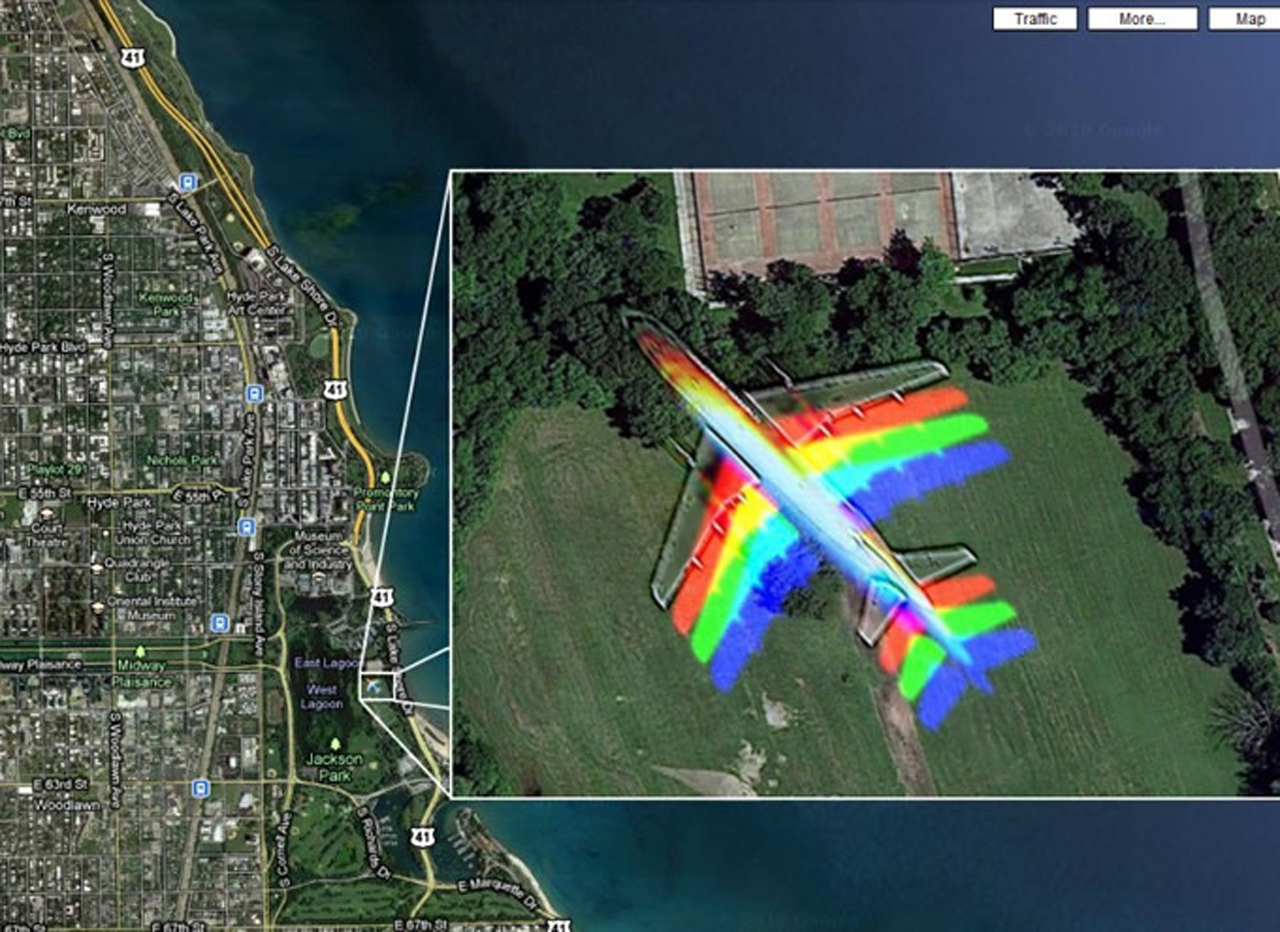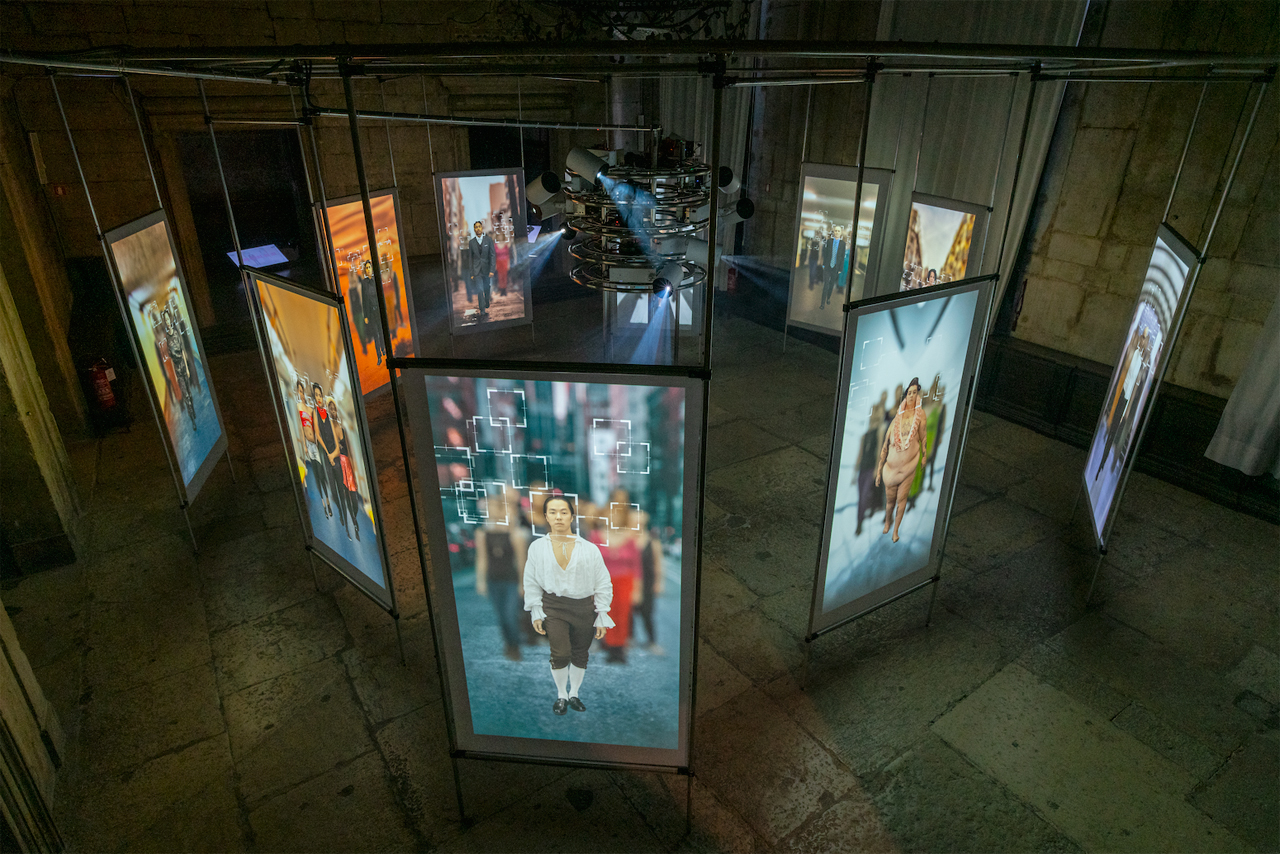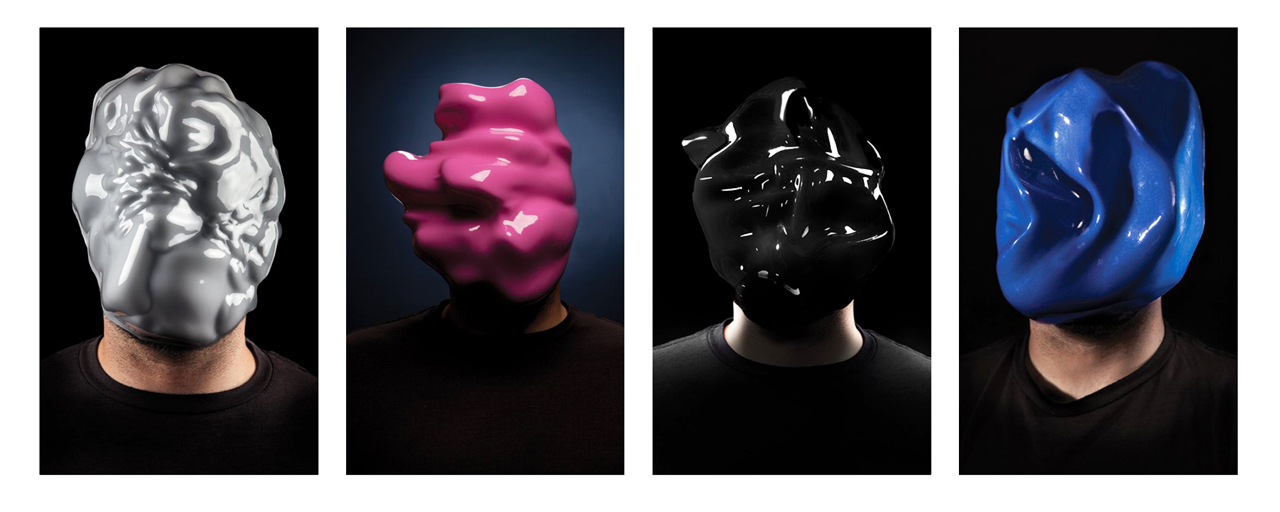Kate Stuart
Project 1: Surveillance in Visual Art
How Contemporary Visual Artists Challenge the Panoptic Gaze
This thesis is an interrogation into the innovative discourse on the convergence of art, science, and technology through the lens of surveillance in visual art. The thesis explores the concept of the panopticon as a site of production, from Utilitarian social reformer Jeremy Bentham’s first iteration of the panopticon as a prison structure in the eighteenth century, to how French Philosopher Michel Foucault saw this translated into mass surveillance in the 1970s and most recently how contemporary artists interpret this concept in their work.
When one does not know that they are being surveyed, this raises questions about visibility and invisibility, which reveals the instability of binary pairs or binary oppositions in other areas of surveillance. Each chapter of this thesis explores the power structures of surveillance, approaching each facet of surveillance thematically. Themes include, what privacy is, to the algorithmic structures that are built on human experience, to issues around race and gendered surveillance. Underpinning each topic is a selection of artists, whose work reflect the themes of each chapter, with their discourse on surveillance being analysed and evaluated through theorists.
This thesis demonstrates that surveillance practices do not fall equally on all members of society, the abstract gaze of surveillance changes both the watchers and the watched. In return for convenience, technology is analysing our every move, herding us with targeted ads and products presented to improve daily life. Structured interviews were conducted with archivists Eireann and I, who discuss surveillance in relation to race and colonialism throughout history.
Surveillance practice, discourse and control are built up through social practices and processes. The artists I discuss implore us to look more closely at what is happening around us, things we take for granted. As we become more dependent on technology, we are increasingly filtered into categories that have determining effects on our lives. Artists such as Trevor Paglen and Shu Lea Cheang are confronting the biases and prejudices of these tools of surveillance, challenging not just what is represented but who is represented and by whom. By analysing the changing representations of modern surveillance and technological image reading, this thesis shows how surveillance discourse can directly and indirectly shape the experiences of society individually and on a larger scale.



 Home
Information
Archive
Home
Information
Archive